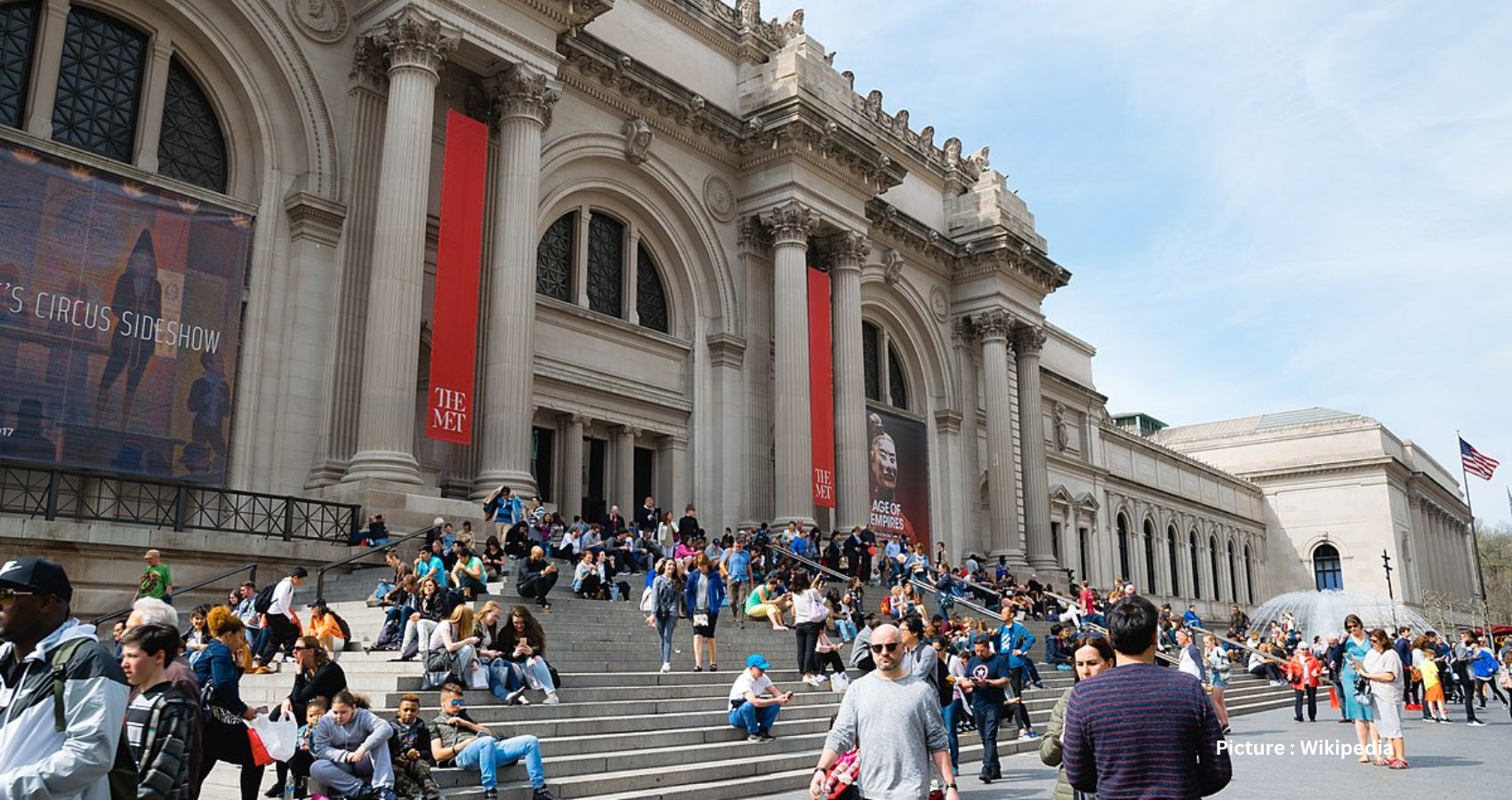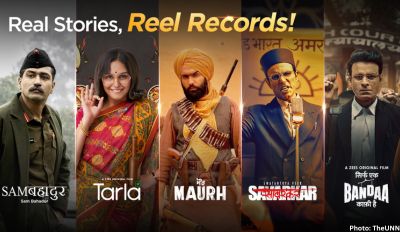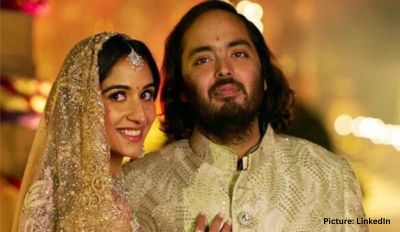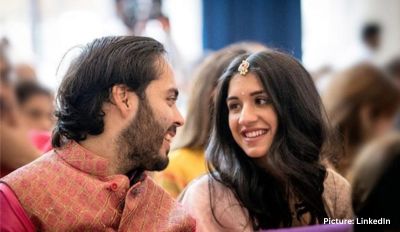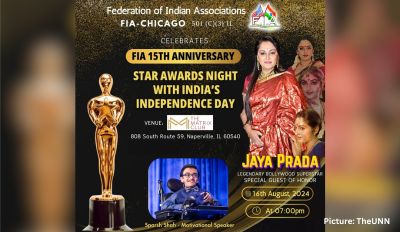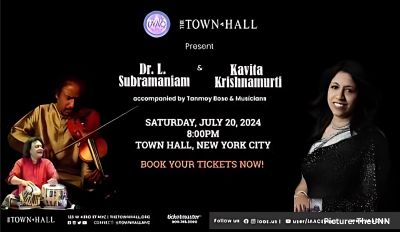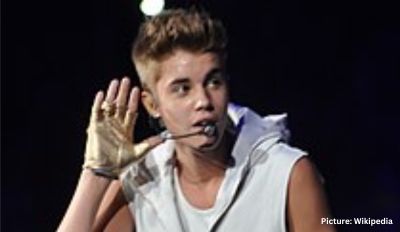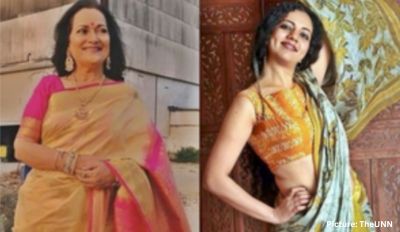The Metropolitan Museum of Art in New York City sparkled with star-studded glamour as it hosted the annual Met Gala on Monday evening, drawing celebrities and fashion icons to what’s often dubbed “fashion’s biggest night.” The gala, renowned for its eclectic array of outfits ranging from the exquisite to the eccentric, poses questions about its essence, purpose, and significance.
At its core, the Met Gala, formally known as the Metropolitan Museum of Art Costume Institute benefit, serves as a vital fundraising affair for the museum’s Costume Institute. Held typically on the first Monday of May, the event stands out as the sole occasion where the Costume Institute generates funds, doing so with grandeur and panache.
This invitation-only extravaganza boasts a guest list comprising luminaries from various domains, each year tasked with interpreting a predetermined theme through their attire, echoing the theme of the concurrent Costume Institute exhibition. The gala’s thematic focus injects creativity into the sartorial landscape, driving attendees to push the boundaries of fashion and innovation, thereby igniting both admiration and amusement across the internet.
The Costume Institute itself houses a rich repository of over thirty-three thousand artifacts spanning seven centuries of fashion history, catering to men, women, and children alike. Originating as the Museum of Costume Art in 1937 before merging with The Metropolitan Museum of Art in 1946, it has evolved into a distinguished curatorial department, chronicling the evolution of style through the ages.
Financially, the Met Gala thrives on sponsorship from various entities, with prominent names such as TikTok, Loewe, and Condé Nast lending support. Revenue streams primarily stem from ticket sales and table reservations, the latter commanding exorbitant prices, with tables starting at $350,000, attracting major brands and fashion conglomerates.
The Met Gala’s ascent to global prominence wasn’t immediate, tracing its roots back to a modest fundraising dinner in 1948 orchestrated by fashion publicist Eleanor Lambert. It was under the stewardship of fashion doyenne Diana Vreeland, who assumed consultancy in 1972, that the gala transcended its local confines, embracing an ethos of thematic storytelling and inviting a constellation of luminaries to grace its halls.
While the gala’s evolution owes much to luminaries like Vreeland, many attribute its modern-day eminence to Anna Wintour, the influential editor-in-chief of Vogue and Condé Nast’s Global Chief Content Officer. Wintour’s tenure as the event’s chief orchestrator since 1999 has elevated it to a coveted societal milestone, with her discerning curation of the guest list endowing the gala with an aura of exclusivity. Notably, Wintour’s decisive stance in 2017 to eschew inviting former President Donald Trump, a once-regular attendee, underscored her influence in shaping the gala’s guest roster.
This year, notable Indian presence at the gala included actress Alia Bhatt, adding a touch of global diversity to the event’s milieu. With each edition, the gala appoints official hosts, with this year’s cohort featuring luminaries such as Bad Bunny, Jennifer Lopez, Zendaya, and Chris Hemsworth, alongside Wintour.
Beyond the spectacle of the red carpet and the gracious welcome by the hosts lies a shroud of mystery enveloping the guests’ activities. Prohibited from carrying phones, attendees embark on an evening veiled in secrecy, partaking in exclusive exhibitions curated by the Costume Institute before indulging in a sumptuous dinner. High-profile performances punctuate the evening, further enhancing its allure and mystique.

